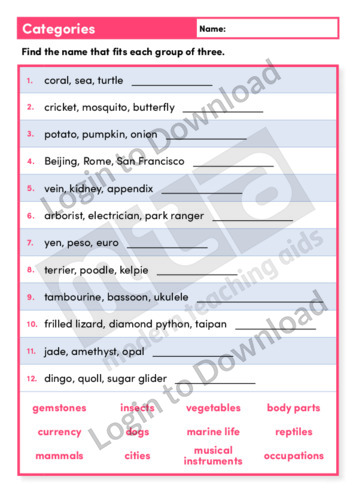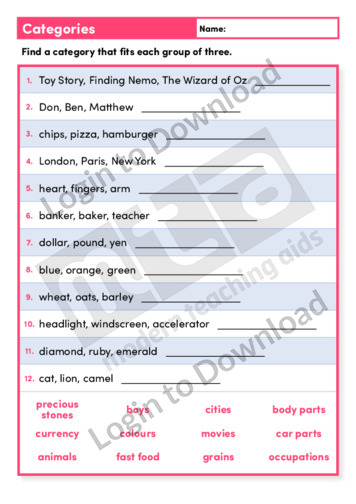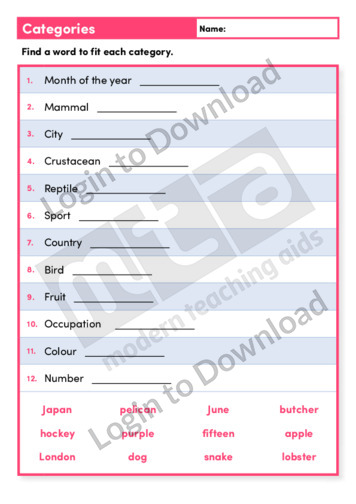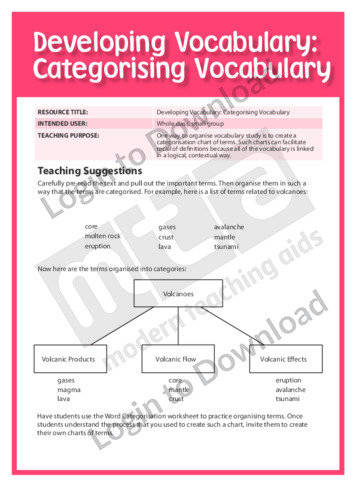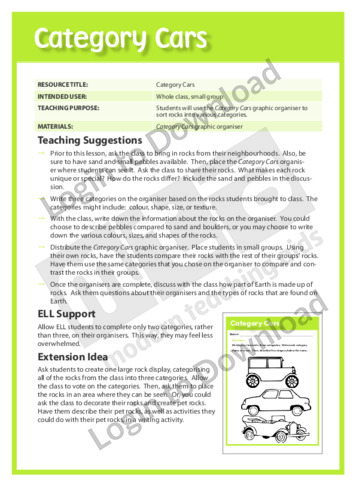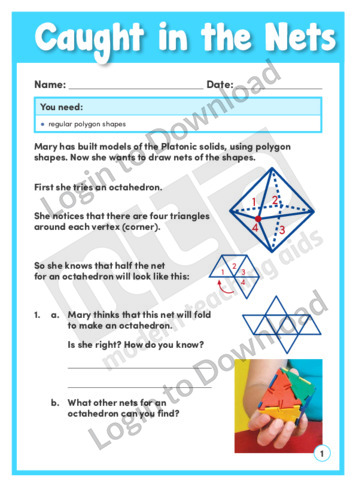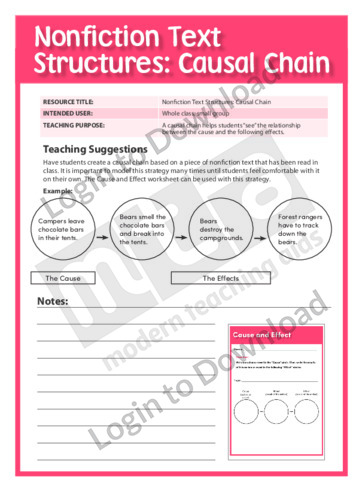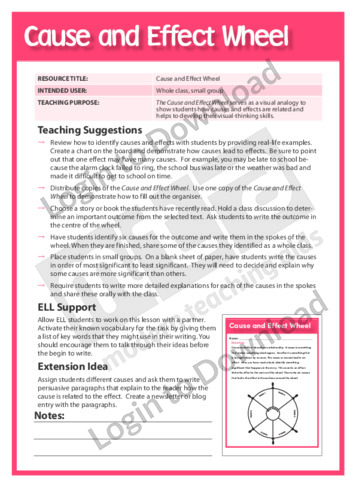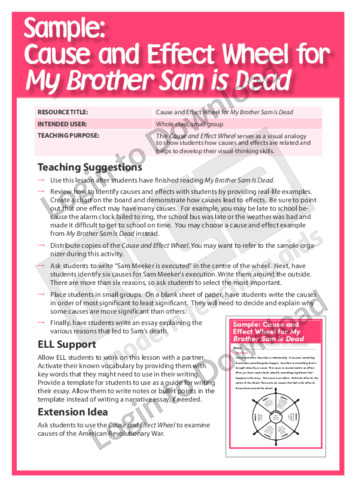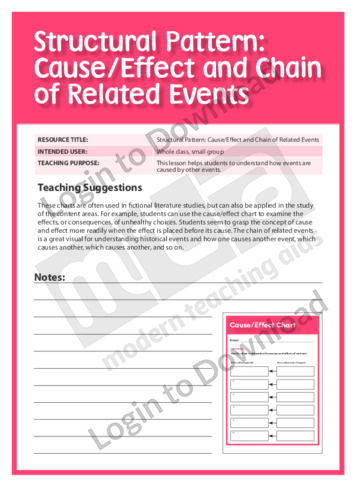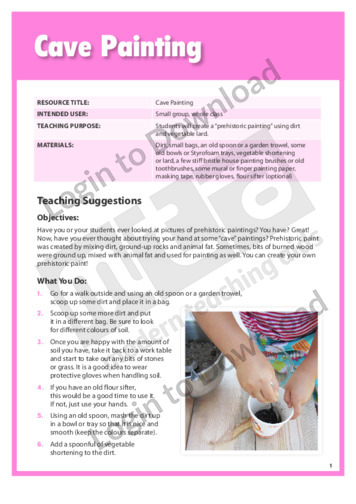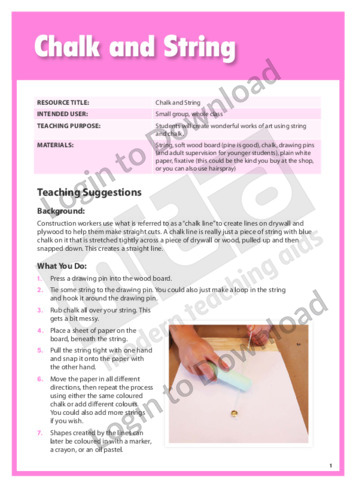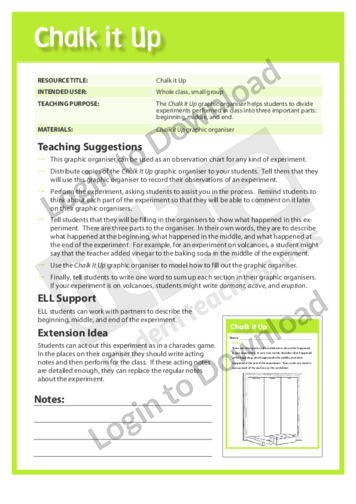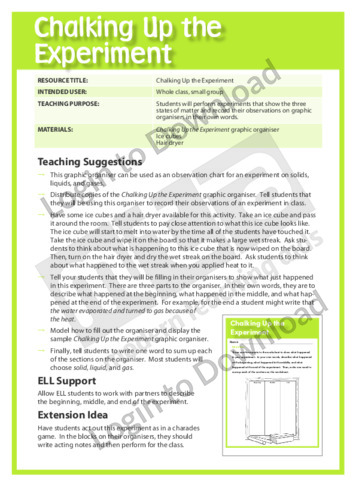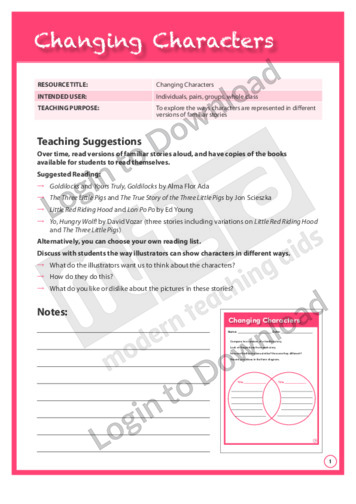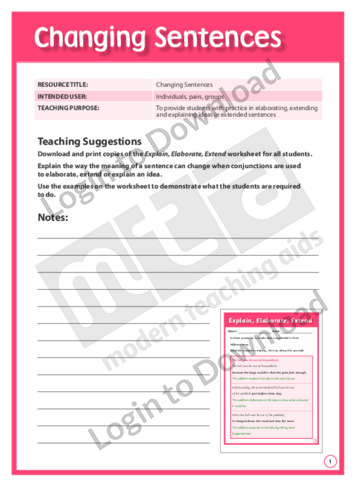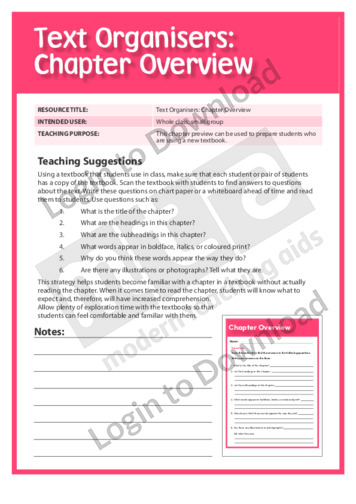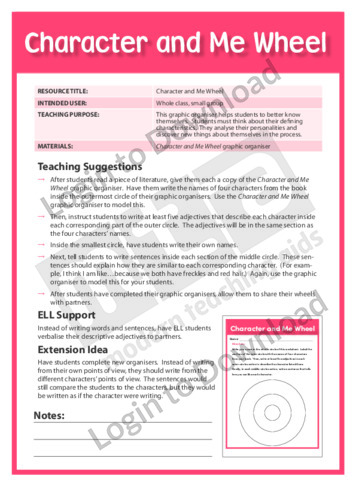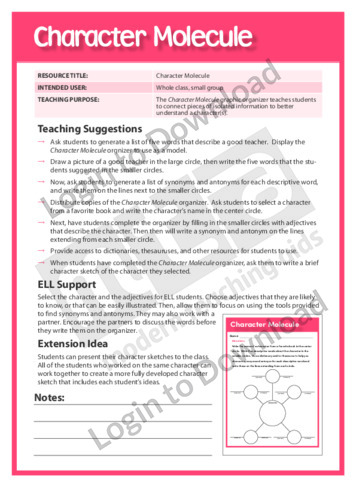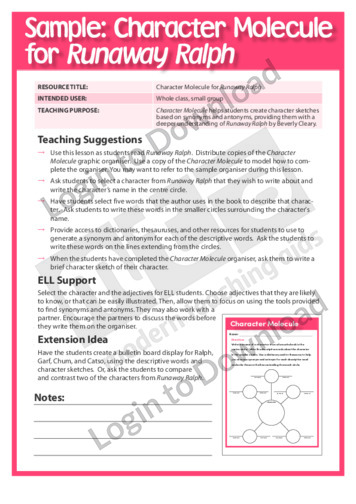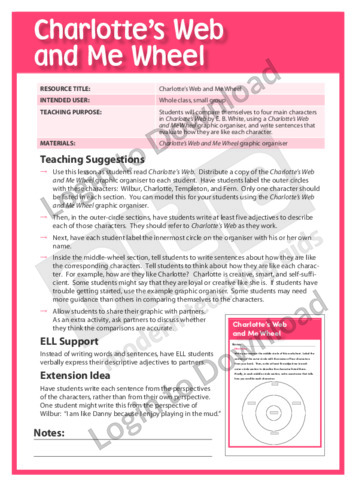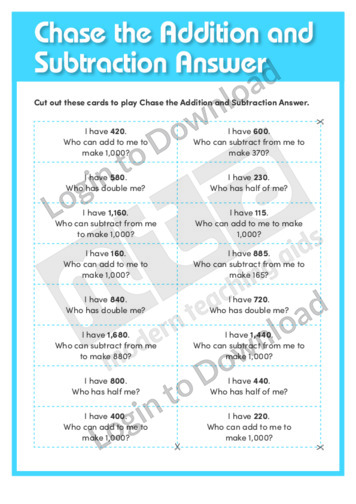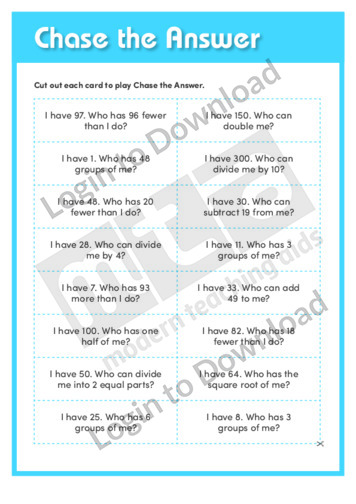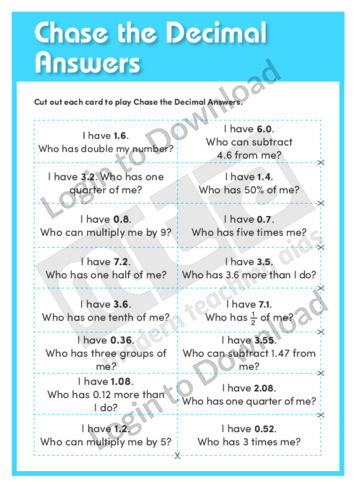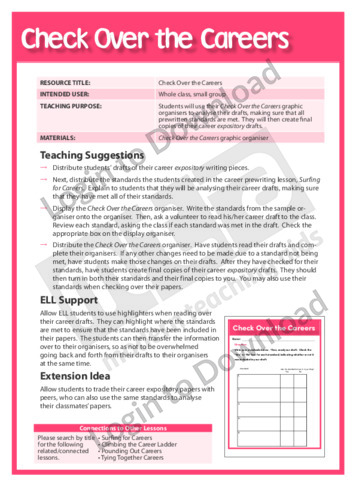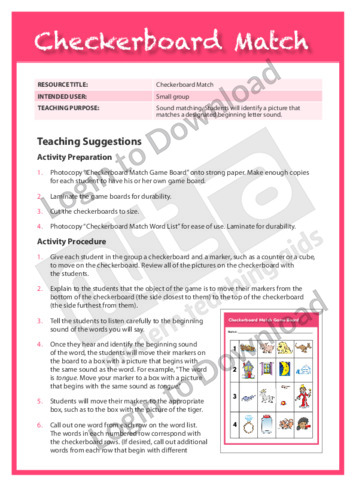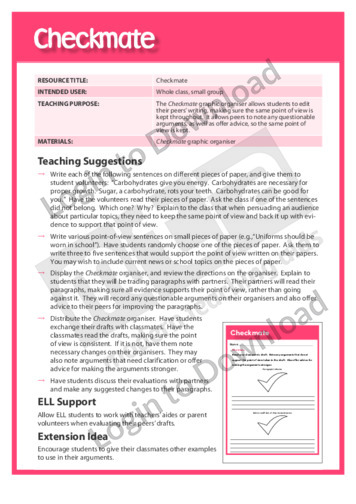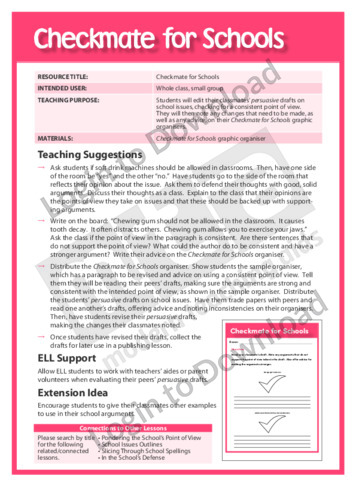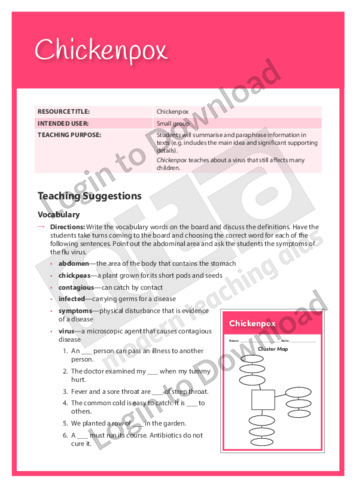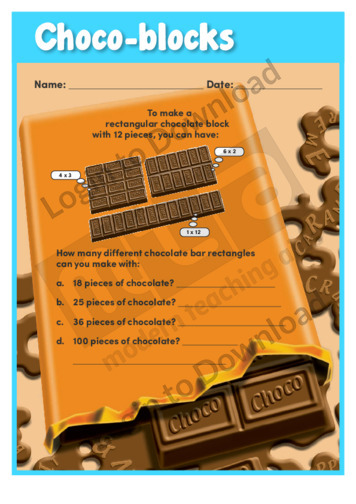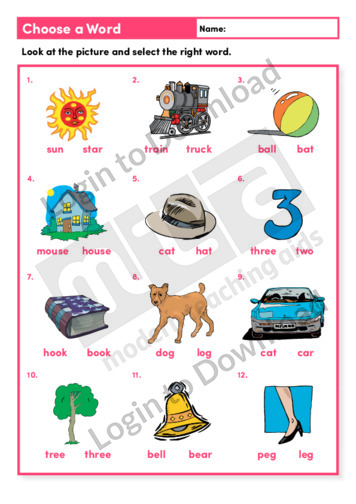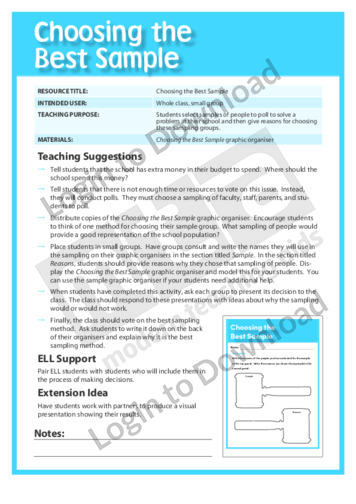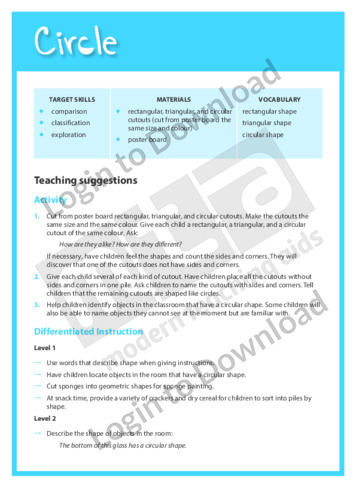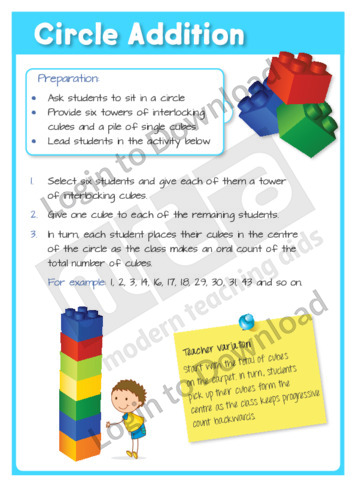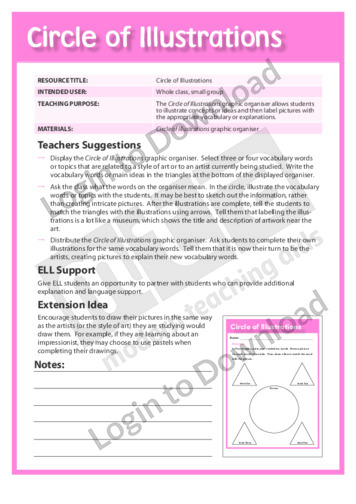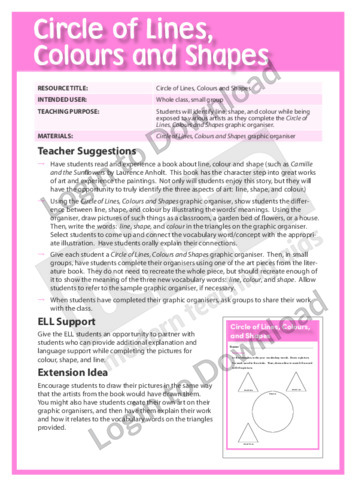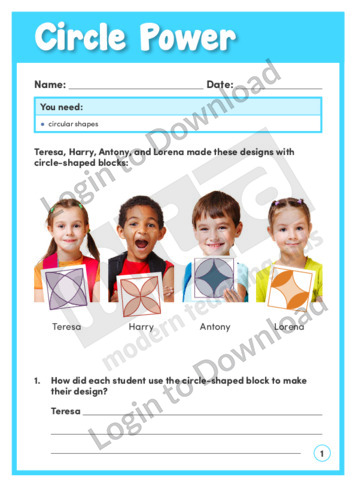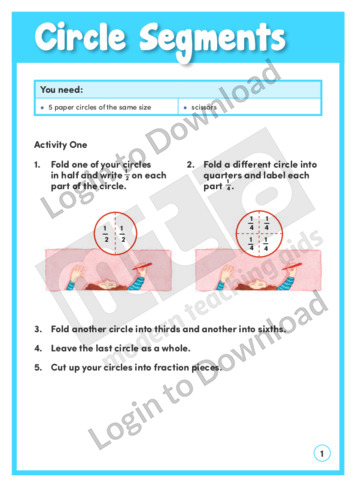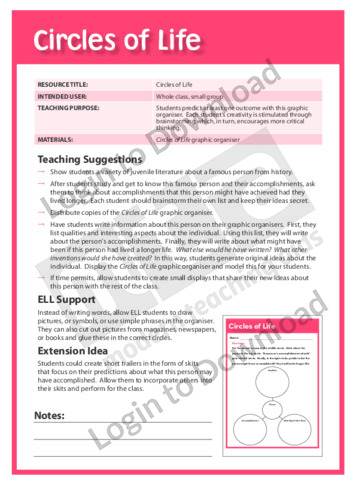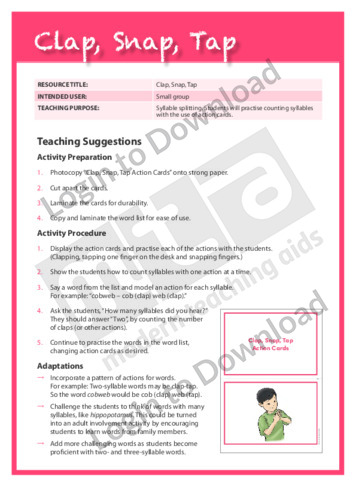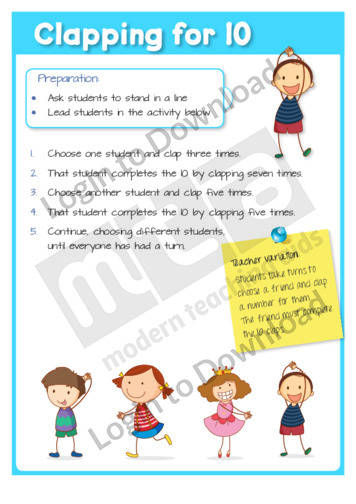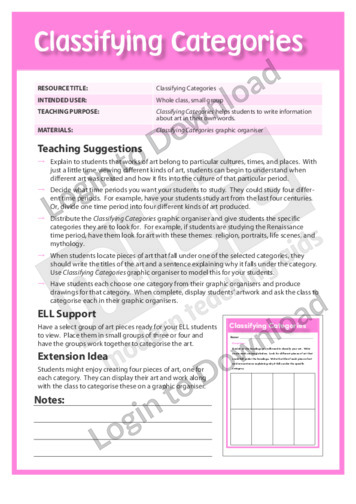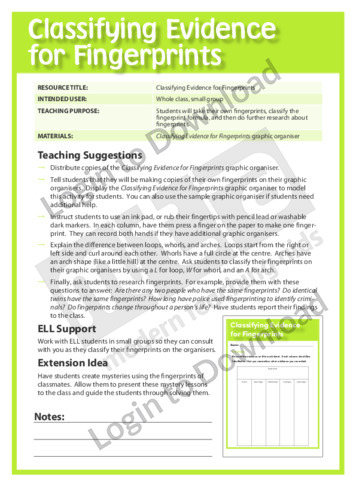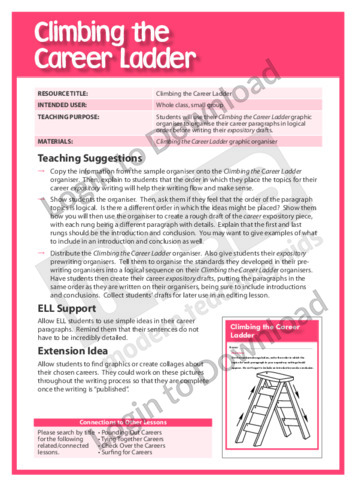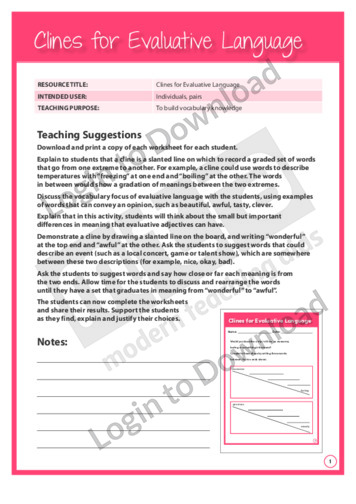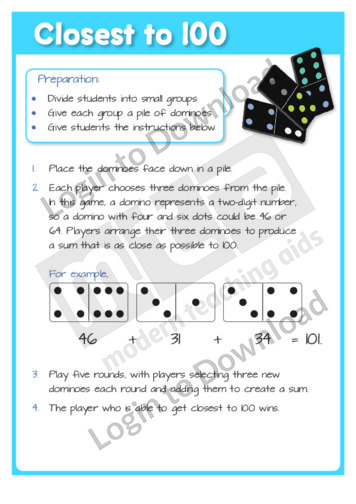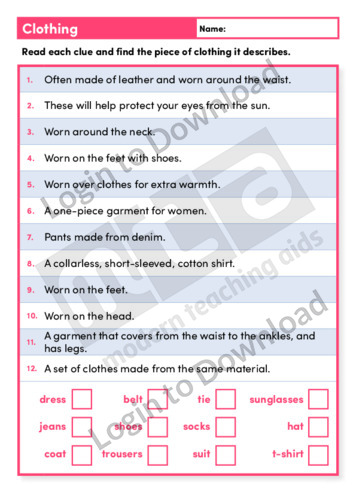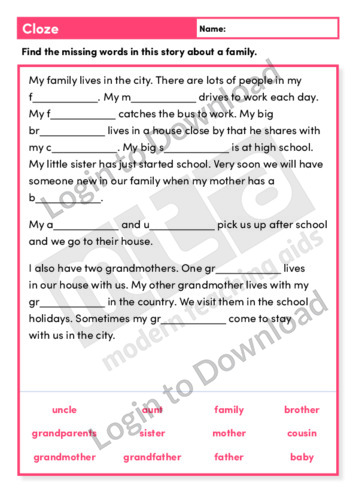This vocabulary activity, ‘Categories’ supports vocabulary development by encouraging students to match categories to groups of nouns.
This vocabulary activity, ‘Categories’ supports vocabulary development by encouraging students to match categories to groups of nouns.
This vocabulary activity, ‘Categories’ supports vocabulary development by encouraging students to match associated words to their category.
This content area reading learning activity, ‘Categorising Vocabulary,’ helps students with vocabulary development. It is aimed at facilitating recall of definitions through the use of a categorisation chart to organise vocabulary.
This graphic organiser, ‘Category Cars’ allows students to sort rocks into various categories.
This graphic organiser, ‘Category Cars for Rock Sizes’ allows students to sort rocks based on size.
This interesting learning activity, ‘Caught in the Nets’ includes a hands-on activity that shows students how they can make 3-dimensional geometric solids by working out the nets that form each one. Starting with a simple 8-sided shape, they will be able to create a much more complex icosidodecahedron. An answer sheet is provided and includes …More
This content area reading learning activity, ‘Causal Chain,’ helps students understand the relationship between the cause and the following effects. It is aimed at enhancing students’ comprehension of cause and effect through the use of a visual representation of the actions or events.
This graphic organiser, ‘Cause and Effect Hand’ helps students to think critically after reading a text to further develop and understand the story.
This graphic organiser, ‘Cause and Effect Wheel’ serves as a visual analogy to show students how causes and effects are related and helps to develop their visual-thinking skills.
This graphic organiser, ‘Cause and Effect Wheel for My Brother Sam Is Dead’ serves as a visual analogy to show students how causes and effects are related and helps to develop their visual-thinking skills.
This content area reading learning activity, ‘Cause/Effect and Chain of Related Events,’ helps students understand how events are caused by other events. It provides a great visual for understanding historical events and how one causes another event, which causes another, which causes another, and so on.
This art project ‘Cave Painting’ enables students to create prehistoric paintings using dirt. It is aimed at developing students’ awareness of basic artistic procedures. It provides a list of materials, easy-to-follow step-by-step art instructions and a recommended art book.
This Readers Theatre activity, ‘Celebrate Diversity’ encourages students to relate story events, conflicts and themes to personal experiences. It also builds reading fluency. This activity includes a script for 5 readers.
This graphic organiser, ‘Chain of Words’ helps students to learn the meaning of new vocabulary words by creating definitions that use only two words.
This art project ‘Chalk and String’ enables students to create pictures using chalk and string. It is aimed at developing students’ awareness of basic artistic procedures. It provides a list of materials, easy-to-follow step-by-step art instructions and a recommended art book.
This graphic organiser, ‘Chalk It Up’ helps students to divide experiments performed in class into beginning, middle and end.
This graphic organiser, ‘Chalking Up the Experiment’ helps students record an experiment on the three states of matter, showing the beginning, middle and end result.
This oral language activity, ‘Changing Characters’ supports language development by encouraging students to explore the ways characters are represented in different versions of familiar stories. It is aimed at developing students’ awareness of different kinds of illustrations through an activity in which the students have to record their ideas in a Venn diagram.
This written language activity, ‘Changing Sentences’ supports language development by encouraging students to practise adding meaning to sentences. It is aimed at developing students’ awareness of elaborating, extending and explaining ideas in extended sentences.
This content area reading learning activity, ‘Chapter Overview,’ can be used to prepare students who are using a new textbook. It is aimed at enhancing students’ comprehension by familiarising them with the graphic features used in the text before they read it.
This graphic organiser, ‘Character and Me Wheel’ helps students to better know themselves, by thinking about their defining characteristics.
This graphic organiser, ‘Character Molecule’ asks students to connect pieces of isolated information to better understand characters from a text.
This graphic organiser, ‘Character Molecule for Runaway Ralph’ helps students to create character sketches based on synonyms and antonyms, providing them with a deeper understanding of Runaway Ralph by Beverly Cleary.
This graphic organiser, ‘Charlotte’s Web and Me Wheel’ asks students to compare themselves to four main characters in ‘Charlotte’s Web’ and write sentences that evaluate how they are like each character.
This addition and subtraction learning activity, ‘Chase the Addition and Subtraction Answer’ asks students to practise with addition, multiplication, division and subtraction.
This word problems learning activity, ‘Chase the Answer’ asks students to practise with addition, multiplication, subtraction and division.
This decimals learning activity, ‘Chase the Decimals Answers’ asks students to practise with decimals.
This graphic organiser, ‘Check It Over’ provides students with the opportunity to evaluate their own writing using a list of class determined standards.
This graphic organiser, ‘Check Over the Careers’ provides students with the opportunity to evaluate their own career writing using a list of class determined standards.
This phonemic awareness activity, ‘Checkerboard Match’ supports language development by encouraging students to identify pictures that match designated beginning letter sounds. It is aimed at developing students’ awareness of sound matching. It provides a game board and word lists.
This graphic organiser, ‘ Checkmate’ supports students in editing and revising their peers writing, focusing on consistency of point of view throughout the text.
This graphic organiser, ‘Checkmate for Schools’ supports students in editing and revising their peers’ persuasive writing, focusing on consistency of point of view throughout the text.
This Readers Theatre activity, ‘Chickenpox’ encourages students to summarise and paraphrase information in texts. It also builds reading fluency. This activity includes a script for 5 readers.
This reading activity, ‘Choose a Word ‘ provides opportunities for practice with recognising the appropriate word that fits with the picture.
This graphic organiser, ‘Choosing the Best Sample’ asks students to select a sample of people to poll to solve a problem at their school, then give reasons for their sample selection.
This Beginning Maths activity, ‘Circle’ encourages students to explore, compare and classify the attributes of a circle and locate circular items in the classroom.
This maths activity, ‘Circle Addition’ develops basic maths skills by encouraging students to practise counting as part of a game played as a class with interlocking cubes.
This graphic organiser, ‘Circle of Illustrations’ supports students to illustrate concepts or ideas and label pictures with appropriate vocabulary.
This graphic organiser, ‘Circle of Lines, Colours and Shapes’ supports students to identify lines, shapes and colour while being exposed to various artists.
This learning activity, ‘Circle Power’, shows four children holding designs that they made with a circle-shaped block. Using circular shapes, students must work out how each design was made. An answer sheet is provided and includes accompanying teaching notes with suggestions for supporting learning and further exploration.
In this learning activity, ‘Circle Segments’ students make models of segments to compare fractions. They then use what they have learned to solve problems with circles. An answer sheet is provided and includes accompanying teaching notes with suggestions for supporting learning and further exploration.
This graphic organiser, ‘Circles of Life’ asks students to record the qualities and accomplishments of a famous person and predict what might have been if they had lived longer.
This graphic organiser, ‘ Circles of Life and Shakespeare’s Ghosthunter’ asks students to record the qualities and accomplishments of William Shakespeare and predict what plays he may have written if he had lived longer.
This phonemic awareness activity, ‘Clap, Snap, Tap’ supports language development by encouraging students to practise counting syllables with the use of action cards. It is aimed at developing students’ awareness of syllable splitting. It provides action cards and a syllable word chart.
This maths activity, ‘Clapping for 10’ develops basic maths skills by encouraging students to practise counting as part of an engaging game played as a class or in pairs.
This content area reading activity, ‘Clara Barton’ is a history based reading comprehension exercise encouraging students to recognise and use prefixes and suffixes.
This graphic organiser, ‘Classifying Categories’ helps students to write information about art in their own words.
This graphic organiser, ‘Classifying Evidence’ helps students to record experiments performed in class.
This graphic organiser, ‘Classifying Evidence for Fingerprints’ asks students to take their own fingerprints, classify the fingerprint formula and conduct further research into fingerprinting.
This ‘Classroom Icons’ resource provides teachers with graphic representations of class-related topics. It can be used as part of a colourful classroom display or distributed to students to cut out and order the images.
This art project ‘Clay Heads’ enables students to create heads out of clay. It is aimed at developing students’ awareness of basic artistic procedures. It provides a list of materials, easy-to-follow step-by-step art instructions and a recommended art book.
This graphic organiser, ‘Climbing the Career Ladder’ supports students in organising and structuring their career writing before completing their expository drafts.
This vocabulary activity, ‘Clines for Evaluative Language’ supports language development by encouraging students to build vocabulary knowledge. It is aimed at developing students’ awareness of evaluative language through an activity in which students record a range of words with a similar (evaluative) theme.
This vocabulary activity, ‘Clines for Evaluative Language’ supports language development by encouraging students to build vocabulary knowledge. It is aimed at developing students’ awareness of evaluative language through an activity in which students record a range of words with a similar (evaluative) theme.
This maths activity, ‘Closest to 100’ develops basic maths skills by encouraging students to practise addition, as part of a game played in small groups with dominoes.
This vocabulary activity, ‘Clothing’ supports vocabulary development by encouraging students to identify items of clothing using clues.
This vocabulary activity, ‘Cloze’ supports vocabulary development by encouraging students to identify the correct word for the context using family vocabulary.
It�s that easy!

